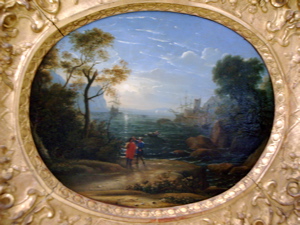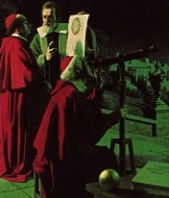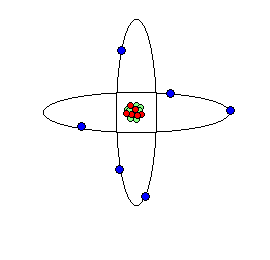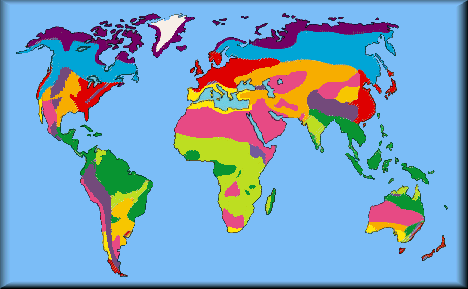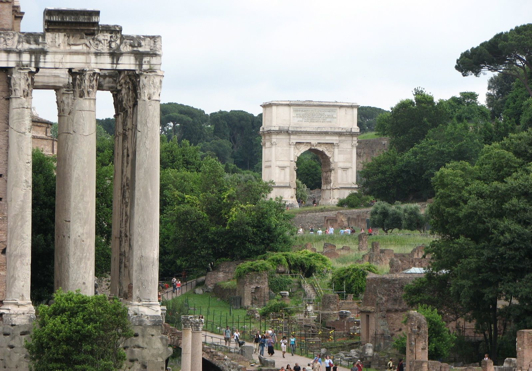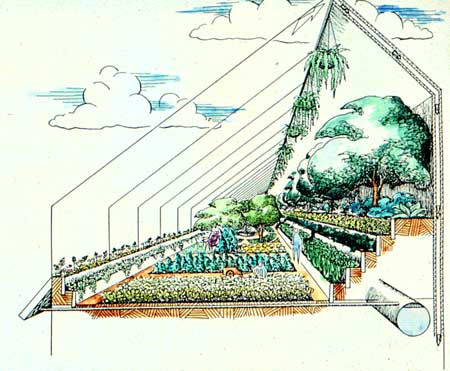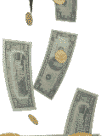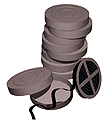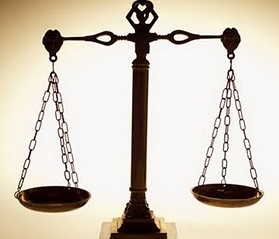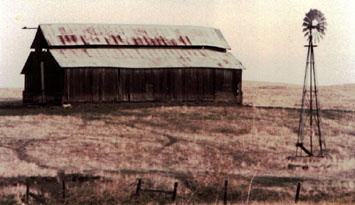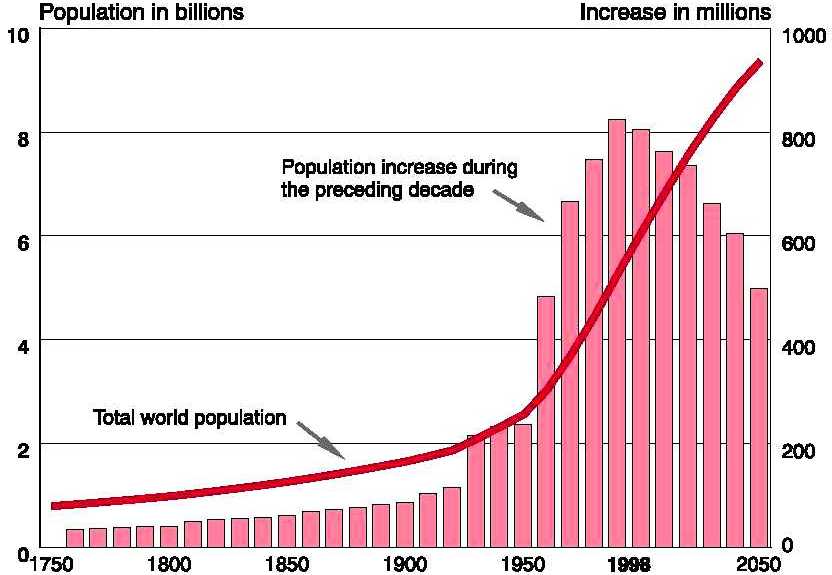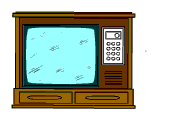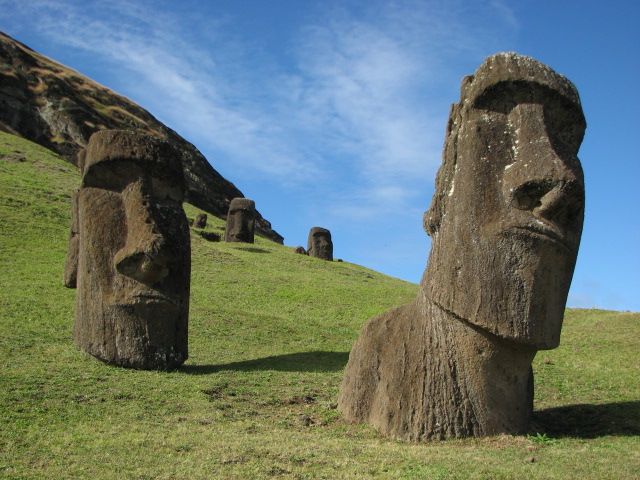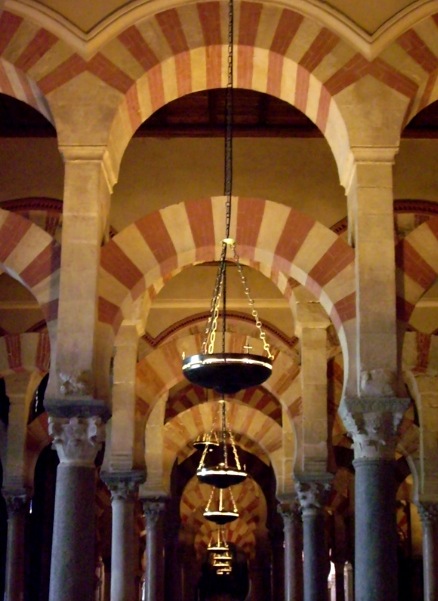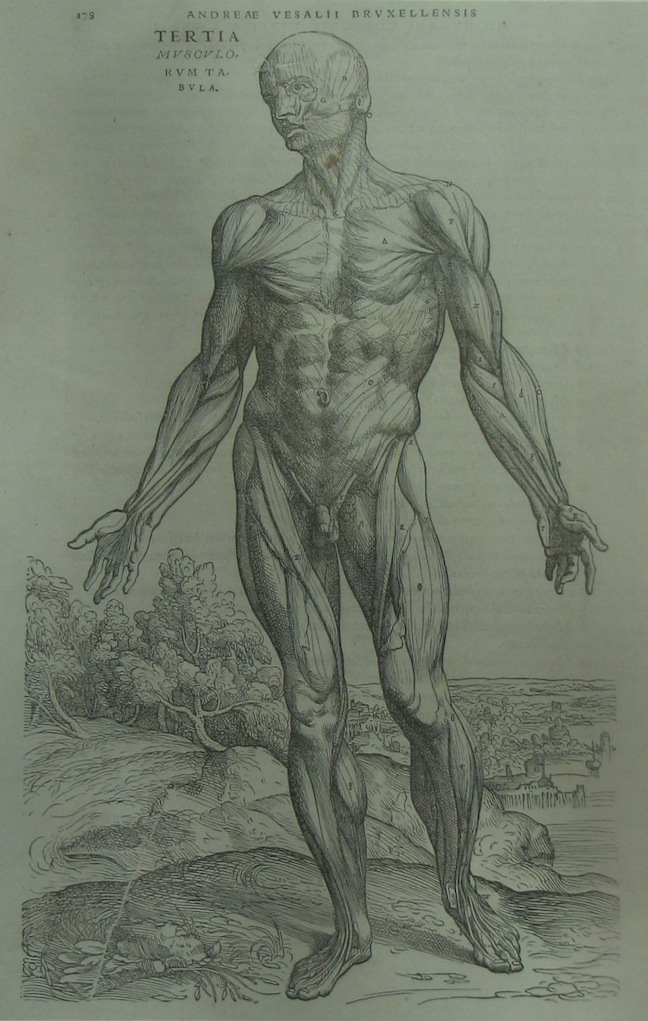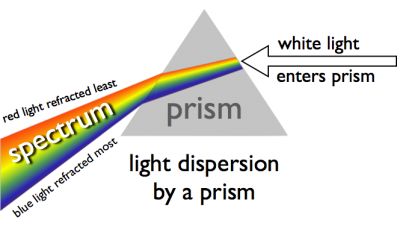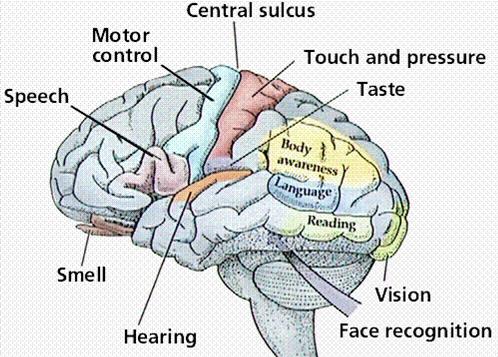Mon 9/7/15
"The notion that a man shall judge for himself what he is told, sifting the evidence and weighing the conclusions, is of course implicit in the outlook of science. But it begins before that as a positive and active constituent of humanism. For evidently the notion implies not only that man is free to judge, but that he is able to judge. This is an assertion of confidence which goes back to a contemporary of Socrates, and claims (as Plato quotes him) that “man is the measure of all things”. In humanism, man is all things: he is both the expression and the master of the creation."
"Man is a singular creature. He has a set of gifts which make him unique among animals: so that, unlike them, he is not a figure in the landscape."
"– he is a shaper of the landscape."
"In body and in mind he is the explorer of nature, the ubiquitous animal, who did not find but made his home in every continent."
Jacob Bronowski, The Ascent of Man. (1973), p.19.
Questions on the Ascent of Man
![]()
![]()
![]()
![]()
![]()
![]()
return to top of the page
Search here to browse this site
Loading
Contents | Knowledge | Theme | Paradox | Summary
Jacob Bronowski
The Ascent of Man"This is the paradox of the human condition."
"But nature – that is, biological evolution– has not fitted man to any specific environment. On the contrary, by comparison to the grunion he has a rather crude survival kit; and yet – this is the paradox of the human condition – one that fits him to all environments."
p. 20.
Body of knowledge in his text.
"Each culture tries to fix its visionary moment, when it was transformed by a new conception either of nature or of man."
"Splitting and fusing the atom both derive, conceptually, from a discovery made in prehistory: that stone and all matter has a structure along which it can be split and put together in new arrangements."
p. 21.
"What I present, what has fascinated me for years, is the way in which man's ideas express what is essentially human in his nature."
His book and series comprise "a journey through intellectual history, a personal journey to the high points in man's achievement."
Bronowski says these signposts are "what he creates along the way" because they are "monuments to the stages in his understanding of nature and of self – what the poet W. B. Yeats called 'monuments of unageing intellect'."
p. 22.
Contents
- Lower than the Angels
- Harvest of the Seasons
- The Grain in the Stone
- The Hidden Structure
- Music of the Spheres
- Starry Messenger
- The Majestic Clockwork
- The Drive for Power
- Ladder of Creation
- World within World
- Knowledge or Certainty
- Generation Upon Generation
- The Long Childhood
Lower than the Angels
"In every age there is a turning point, a new way of seeing and asserting the coherence of the world."
p. 21.
"And man made biological inventions almost as early: agriculture – the domestication of wheat, for example – and the improbable idea of taming and then riding a horse.
"In following the turning points and the continuities of culture, I shall . . . be relating his ideas. . . . particularly . . . scientific ideas, to their origins in the gifts with which nature has endowed man, and which make him unique."
pp. 21-22.
Rapa Nui's or Easter Island's basalt rock monoliths of which Bronowski says " It is in the frozen statues of Easter Island that put a stop to time. . . ."
"The head is more than a symbolic image of man, it is the seat of foresight and, in that respect, the spring which drives cultural evolution. Therefore if I am to take the ascent of man back to its beginnings in the animal, it is the evolution of the head and the skull that has to be traced."
p. 31.
Next
Contents | Knowledge | Theme | Paradox | Summary
"The history of man is divided very unequally. First there is his biological evolution: all the steps that separate us from our ape ancestors. Those occupied some millions of years. And then there is his cultural history: the long sell of civilization that separates us from the few surviving hunting tribes . . . from the food-gatherers . . . ."
p. 47.
"That is the pace of cultural evolution; once it takes off it goes as the ratio of those two numbers goes, at least a hundred times faster than biological evolution."
p. 48.
"And under this ran the crucial realisation that man dominates his environment in its most important aspect, not physically but at the level of living things–plants and animals."
pp. 48-49.
" . . . record of the struggle of conscience of a people who make this decision" [to settle or to roam]
"The richness comes from the interplay of inventions; a culture is a multiplier of ideas, in which each new device quickens and enlarges the power of the rest."
p. 59.
Next
Contents | Knowledge | Theme | Paradox | Summary
"John Milton described and William Blake drew the shaping of the earth in a single sweeping motion of the compasses of God."
p. 73.
"The tool that extends the human hand is also an instrument of vision. It reveals the structure of things and makes it possible to put them together in new, imaginative combinations. But, of course, the visible is not the only structure in the world. There is a finer structure below it. And the next step in the ascent of man is to discover a tool to open up the invisible structure of matter."
p. 94.
The circle remained the basis of the arch when it went into mass production in Arab countries. The Great Mosque of Cordoba . . . built in AD 785 after the Arab conquest. It is a more spacious structure than the Greek temple at Paestrum . . . ."
p. 84-86.
"There is a special mystery and fascination about man's relation to fire, the only one of the four Greek elements that no animal inhabits."
p. 95.
"This is the numinous quality that seems to make fire a source of life and a living thing to carry us into a hidden underworld within the material world."
pp. 95-96.
"A great change was blowing up in Europe, greater perhaps even than the religious and political upheaval that Martin Luther had set going [after 1517]. The symbolic year of destiny was just ahead 1543."
". . . three books were published that changed the mind of Europe."
"the anatomical drawings of Andreas Vesalius."
"The nature [characteristics] of chemical processes was only understood when fire itself came to be understood as a process."
"Science can not look back to the past. There never was a Golden Age." Bronowski quotes Paracelsus.
p. 112-113.
Contents | Knowledge | Theme | Paradox | Summary
"Mathematics is in many ways the most elaborate and sophisticated of the sciences – or so it seems to me, as a mathematician. . . . a ladder for mystical as well as rational thought in the intellectual ascent of man."
p. 119.
"Again, we can catch the drift of history, in the undertow of legend. . . "
"Claudius Ptolemy , working in Alexandria about AD 150. His work came to Europe in Arabic texts, for the original Greek manuscript editions were largely lost, some in the pillage of the great library of Alexandria, by Christian zealots in in AD 389. . . . "
"The model of the heavens that Ptolemy constructed is wonderfully complex, but it begins from a single analogy. The moon revolves around the earth, so obviously . . . the sun and the planets do the same."
p. 128.
"Mohammet had been firm that Islam was not to be a religion of miracles; it became in intellectual content a pattern of contemplation and analysis."
p. 129.
"We think of Italy as the birthplace of the Renaissance. But the conception was in Spain in the twelfth century, and it is symbolise and expressed by the famous school of translators at Toledo, where the ancient texts were turned from Greek . . . into Latin."
Gerard of Cremona
p. 137.
"In this way Johannes Kepler after the year 1600 became convinced that the motion of the planet is not circular and not uniform. It is an ellipse along which the planet runs at varying speeds. That means the old mathematics of static patterns will no longer suffice, nor the mathematics of uniform motion. You need a new mathematics to define and operate with instantaneous motion."
p. 141.
"The laws of nature had always been made of numbers since Pythagoras said that was the Language of nature. But now the language of nature had to include numbers which described time. The laws of nature became laws of motion, and nature herself becomes not a series of static frames but a moving process."
p. 142.
Contents | Knowledge | Theme | Paradox | Summary
"It is natural to come to astronomy straight from mathematics; after all, astronomy was developed first, and became the model for all other science, just because it could be turned into exact numbers."
p. 143.
". . . .nature must be simple,"
"Why were the paths of the planets so complicated?"
"In the middle of it all sits the Sun enthroned.
"So the Sun sits as upon a royal throne, ruling his children, the planets which circle round him."
Nicolaus Copernicus, 1543.
pp. 148-149.
"The system of Copernicus seemed unnatural to his age, even though the planets still run in circles."
"The coming of the Renaissance as a single rush – in was a head on collision with the medieval system as a whole."
p. 150.
"Galileo seems to me to have been strangely innocent about the world of politics, and most innocent in thinking that he could outwit it because he was clever."
"They [ The Dominican order's Cloister of Santa Maria Sopra Minerva] believed that faith should dominate; and Galileo believed that truth should persuade."
p. 156.
So, on 12 April 1633, Galileo was brought into this room, sat at this table, and answered the questions from the Inquisitor."
"He expected to defend the book."
p. 162.
"The dissident scientist was to be humiliated; authority was to be shown large not only in action but in intention."
"Galileo was to retract; . . . "
p.164.
Galileo died, still a prisoner in his house, in 1642. . . . the same year . . . Isaac Newton was born.
p. 168.
Contents | Knowledge | Theme | Paradox | Summary
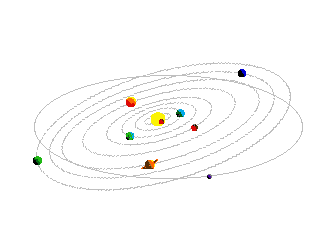
"The man he {Galileo} had most in mind was Johannes Kepler who came to Prague in in the year 1600 at the age of twenty-eight and spent his most productive years there. He devised the three laws that turned the system of Copernicus from a general description of the sun and planets into a precise, mathematical formula."
"First, Kepler showed that the orbit of a planet is only roughly circular: it is a broad ellipse in which the sun is slightly off-center at one focus. Second, a planet does not travel at a constant speed . . . .Third, the time a particular planet takes for one orbit – its year– increases with its (average) distance from the sun in quite an exact way."
p. 169.
"And not only astronomy but science stood at a watershed: the coming of a new mind that saw the crucial step from the descriptions that had done duty in the past to the dynamic, causal explanations of the future."
pp. 169-170.
". . .Newton also conceived the idea of universal gravitation, and at once tested it by calculating the motion of the moon around the earth."
The moon . . . "she is falling towards the earth, but is going so fast that she constantly misses it."
"I deduced that the forces which keep the planets in their orbs must be reciprocally as the square of the distances from the centers about which they revolve;"
p. 171.
" . . .there is beneath this a more fundamental reason. Physical phenomena consist always of the interaction of energy with matter. We see matter by light; we are aware of the presence of light by the interruption of matter."
p. 172.
"the light is not modified; the light is physically separated."
"Light consists of Rays differently refrangible, which . . . were according to their degree of refrangibility, transmitted towards diverse parts of the wall." (quotes Newton)
"Blue is bent or refracted more than red, and that is an absolute property of the colors."
pp. 172-173.
pp. 173-176.
"These technical problems set off a burst of invention, and established the preoccupation with time that has dominated science and our daily lives ever since. A ship indeed is a kind of model of a star. How does a star ride through space, and how do we know what time it keeps? The ship is a starting point for thinking about relative time."
p. 197.
Contents | Knowledge | Theme | Paradox | Summary
"By our standards, the industrial towns were slums, but to the people who had come from a cottage, a house in a terrace was a liberation from hunger, from dirt, and from disease; it offered a new wealth of choice."
p. 210.
Wordsworth:
"And in 1798 he said, in Tintern Abbey, what could not be said better.
For nature then
To me was all in all – I cannot paint
What then I was. The sounding cataract
Haunted me like a passion.
"Nature then to me was all in all,' Joule never said it as well as that. But he did say, 'The grand agents of nature are indestructible', and he meant the same thing."
p. 217.
Contents | Knowledge | Theme | Paradox | Summary
"The theory of evolution by natural selection was put forward in the 1850s independently by two men. One was Charles Darwin, the other was Alfred Russel Wallace. Both men had some scientific background, of course, but at heart both men were naturalists."
p. 219.
"The five years that he spent on the ship transformed Darwin. He had been a sympathetic, subtle observer of birds, flowers, life in his own countryside; now South America exploded all that for him into a passion."
p. 219
"He came home convinced that species are taken in different directions when they are isolated from one another; species are not immutable. But when he came back he could not think of any mechanism that drove them apart."
pp. 219-220.
Contents | Knowledge | Theme | Paradox | Summary
"There are seven basic shapes if crystals in nature, and a multitude of colours. The shapes have always fascinated men, as figures in space and as a descriptions of matter; the Greeks thought their elements were actually shaped like regular solids."
p. 243.
"What makes these family likenesses among the elements?"
"The man who solved the problem most triumphantly was a young Russian called Dmitri Ivanovich Mendeleev. . . . What distinguished Mendeleev was not only genius, but a passion for the elements."
p. 244.
"Mendeleev wrote on his cards the atoms with their atomic weights, and dealt them out in vertical columns in order of their atomic weights."
pp. 244-45.
"Evidently there is something in the sequence of atomic weights that is not accidental but systematic."
p. 245.
"The underlying pattern of the atoms is numerical, that was clear. And yet that cannot be the whole story; we must be missing something."
"Each element is characterized by the number of electrons in its atoms. And their number is exactly equal to the number of the place in Mendeleev's table that that element occupies when hydrogen and helium are included in the first and second place. That is, lithium has three electrons, beryllium has four electrons, boron has five, and so on steadily all through the table."
p. 250.
"The place in the table that an element occupies is called its atomic number, and now that turned out to stand for a physical reality within its atom – the number of electrons there. The picture has shifted from atomic weight to atomic number, and that means essentially to atomic structure."
pp. 250-251.
Contents | Knowledge | Theme | Paradox | Summary
"One aim of the physical sciences has been to give an exact picture of the material world. One achievement of physics in the twentieth century has been to prove that that aim is unattainable."
p. 267.
"White light is a mixture of wavelengths, from red to orange to yellow to green to blue and finally to violet, the shortest visible waves. We ought to see more exact details with the short violet wave than the long red waves. But in practice the difference of an octave or so does not help much."
p. 269.
"We are here face to face with a crucial paradox of knowledge. Year by year we devise more precise instruments with which to observe nature with more fineness. And when we look at the observations, we are discomfited to see they are still fuzzy, and we feel that they are as uncertain as ever. We seem to be running after a goal which lurches away from us to infinity every time we come within sight of it."
"The paradox of knowledge is not confined to the small, atomic scale; on the contrary, it is as cogent on the scale of man, and even of the stars."
p. 272.
"Max Born meant that the new ideas in physics amount to a different view of reality."
The world is not a fixed solid array of objects, out there, for it cannot be fully separated from our perception of it."p. 276.
". . . that whatever fundamental units the world is put together from, they are more delicate, more fugitive, more startling than we catch in the butterfly net of our senses."
p. 277.
Contents | Knowledge | Theme | Paradox | Summary
"Mendel's great experiment remained forgotten for over thirty years until it was resurrected (by several scientists independently) in 1900. So his discoveries belong in effect to this century (20th or last century), when the study of genetics all at once blossoms from them."
p. 295.
"How the message of inheritance is passed from one generation to the next was discovered in 1953, and it is the adventure story of science in the twentieth century. . . . to decipher the structure of deoxyribonucleic acid, DNA. . . ."
p. 296.
"Of course, on each step there must be a small base and a large base. But not any large base. Thymine must be attached to adenine, and if you have cytosine then it must be matched by guanine. The bases go together in pairs of which each determines the other."
p. 299.
"So the model of the DNA molecule is a spiral staircase. It is a right-handed spiral in which each tread is of the same size, at the same distance from the next, and turns at the same rate – thirty-six degrees between successive treads."
pp. 299-300.
"These treads are a code which will tell the cell step by step how to make proteins necessary to life. The gene is forming visibly in front of our eyes, and the handrails of sugars and phosphates hold the spiral staircase rigid on each side. The spiral DNA molecule is . . . the treads are the steps by which it acts."
p. 300.
Contents | Knowledge | Theme | Paradox | Summary
"It is something of a shock to think that justice is part of the biological equipment of man."
p. 309.
"In scientific terms we are neotenous; that is, we come from the womb still embryos. And perhaps that is why our civilisation, our scientific civilisation, adores above all else the symbol of the child, . . . "
p. 319.
"Knowledge is not a loose-leaf notebook of facts. Above all, it is a responsibility for the integrity of what we are, primarily of what we are as ethical creatures. You cannot possibly maintain that informed integrity if you let other people run the world for you while you yourself continue to live out of a ragbag of morals that came from past beliefs. That is really crucial today"
pp. 327-328.
"And yet, fifty years from now, if an understanding of man's origins, his evolution,his history, his progress is not the commonplace of schoolbooks, we shall not exist. The commonplace of the schoolbooks of tomorrow is the adventure of today, and that is what we are engaged in."
p. 328.
"History is not events, but people. And it is not just people remembering, it is people acting and living their past in the present. History is the pilot's instant act of decision, which crystallizes all the knowledge, all the science, all that has been learned since man began."
p. 329.
Summary
"They do not lie along the line of what we are now able to know if we devote ourselves to it: and understanding of man himself. We are nature's unique experiment to make the rational intelligence prove itself sounder than the reflex. Knowledge is our destiny."
p. 328.
"We are all afraid – for our confidence, for the future, for the world. That is the nature of the human imagination. Yet every man, every civilisation, has gone forward because of its engagement with what it has set itself to do. The personal commitment and the emotional commitment working together as one, has made the Ascent of Man."
p. 330.
Contents | Knowledge | Theme | Paradox | Summary
Alphabetical guide to the site Where next? | Research sites | nature home | technology home | Non Governmental Organizations
Vocabulary
ubiquitous, existing everywhere, found anywhere and present everywhere you look.
cultural evolution, "I call that brilliant sequence of cultural peaks The Ascent of Man. "
neotenous, neoteny, the retention of childlike features in the adult; or retaining embryonic features of one stage in a later stage of development.
![]()
Step by step Bronowski leads us from the commonality of curiosity to revelation after extraordinary revelation of uncommon human discoveries that have so altered the world that they created tools that had delivered to all of us the sophisticated technical world we now inhabit.
Such as:
"But, of course, the great transformation that helped to make our civilisation goes deeper: it is the use of fire to disclose a wholly new class of materials, the metals. This is one of the grand technical steps, a stride in the ascent of man, which ranks with the master invention of stone tools for taking matter apart."
p. 97.
Steps in the Ascent
fire
art
agriculture
metallurgy
music
mathematics
machines
Authors to use in your writing & a partial bibliographic listing of authorities used, quoted, and sited with links on this web site. Jacob Bronowski, The Ascent of Man (London: Science Horizons, 1973).
On the Origin of Species, by Charles Darwin, (1859).
Albert Einstein, Relativity: The Special and General Theory. Robert W. Lawson, trans. New York: Crown Publishers (1916) 1961.
Dictionary | Vocabulary | Advanced Vocabulary | Words | fact vs fiction | Rare words | theme vs thesis | antonyms | dialectic | obscure words
Indexes: | Science | Population | Genetics | Global Warming | Nature | Darwin | Technology | Site Analysis | Leopold | Cases

Writing guide When writing: always consider | Writing Criteria: listed as a form | Free writing | Writing from texts | Good writing

Search the Internet an easy way
These buttons below work as navigational aids.


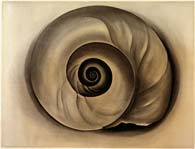
.gif)

